Yes, it is perhaps the most unknown of the original SAABs at all, although it emerged as the purest scandinavian logic: a Saab 90 is the front end of a SAAB 99 combined with the rear end of a 900. Some call it a hybrid, others just a combination of the worst of each of these two models. But still no worse than others again calling it the best of the two models.
But still nothing worse than others, on the other hand – some call it a combination of the best of the two models. Certainly, the Saab 90 somehow turned out to be the least known of all the Saab models it ever offered, with perhaps as exotic as the Saab (Lancia) 600.
Table of Contents
Economic Combination of Saab 99 and 900
“It’s just an old 99 with 900 sedan rear“, was rumored when the Saab 90 was launched as the brand’s new economy version in 1984. So, “just”? Until then, with few exceptions, Saab had for over 30 years launched new models by replacing the front or rear half of an existing one.
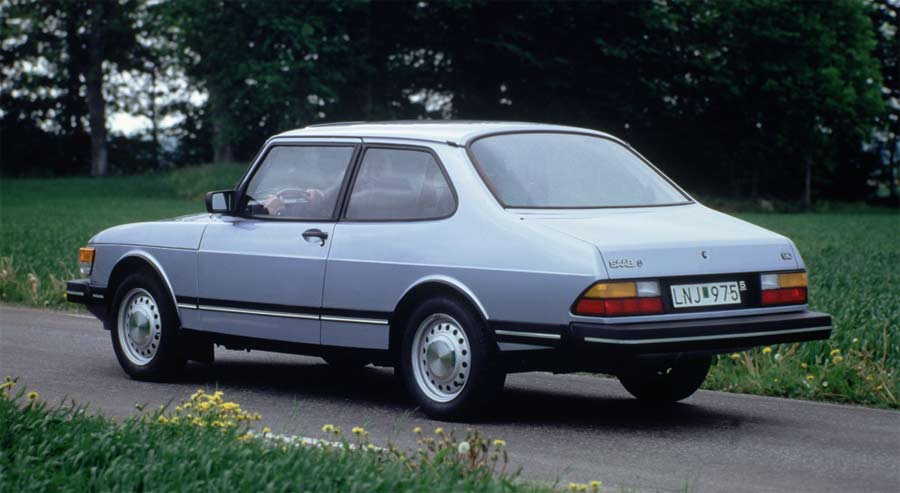
While Saab in 1984 took another step up in the segments with the new Saab 9000, they struggled to take care of the customer base on which the brand had built itself – those who wanted a good and advanced mid-range car at a relatively affordable price. The customers who had joined in from the golden age of the two-stroke and V-fours.
How to Offer a Small Economical Car
At that time, The idea was that the Lancia Delta, branded with the Saab-Lancia 600, from 1980 would take over the V4’s role as Saab’s entry-level model, but Delta was a completely different type of car that also had a child seamstress, partly caused by Saab’s own adaptations of the model to a Nordic climate. The entire investment totally collapsed in a couple of years.
Saab therefore had to find another twist. It thus became to extend the life of the larger, but aging 99, with ancestry from 1967. Saab’s move was to upgrade the time model 99 with a new model 900, with the installation of more modern equipment. This gave a model at a price level with other 2-liter models such as the Opel Rekord, Toyota Camry, Peugeot 505, Mazda 626, Nissan Bluebird, Fiat Argenta and Volvo 360.
Saab 90 – The Cheapest, But Still Reliable
The Saab 90 did not look too bad, and the technology was proven and safe. So even though the range of accessories was minimal (the 5-speed box was the most high-profile), just over 25,000 copies were sold in the next two years. At that time, new restrictions on CO2 emissions came into play, something that the 2-liter engine could not meet in its existing form, so Saab decided to gradually shut down the Model 90 instead of investing more in model development.
From that time on, the 12 percent more expensive 900 in the basic version was the most affordable Saab, and some smaller Saab never came into production again. Later, analysts believed that the absence of a smaller and more popular Saab was the real beginning to the end for the entire brand. Saab was used to managing with small resources, so you also had to get the most out of what you had on the shelves. This is how the 90 model came to be.
The new model name ‘SAAB 90’ was seamlessly integrated into the model graduation for the 1985 model year: Saab 90 – Saab 900 – Saab 9000. It was manufactured exclusively in the Finnish Saab-Valmet plant, as was the Saab 99 in the last model years (1981 to 1984).
Saab 90 and Available Equipment
The Saab 90 was only available with the engine with 2.0 liter displacement and 100 PS (74 kW). The cylinder head was now equipped with hardened valve seats for the use of unleaded super fuel. Apart from metallic paintwork and a manual sunroof, no other optional equipment was available from the factory.
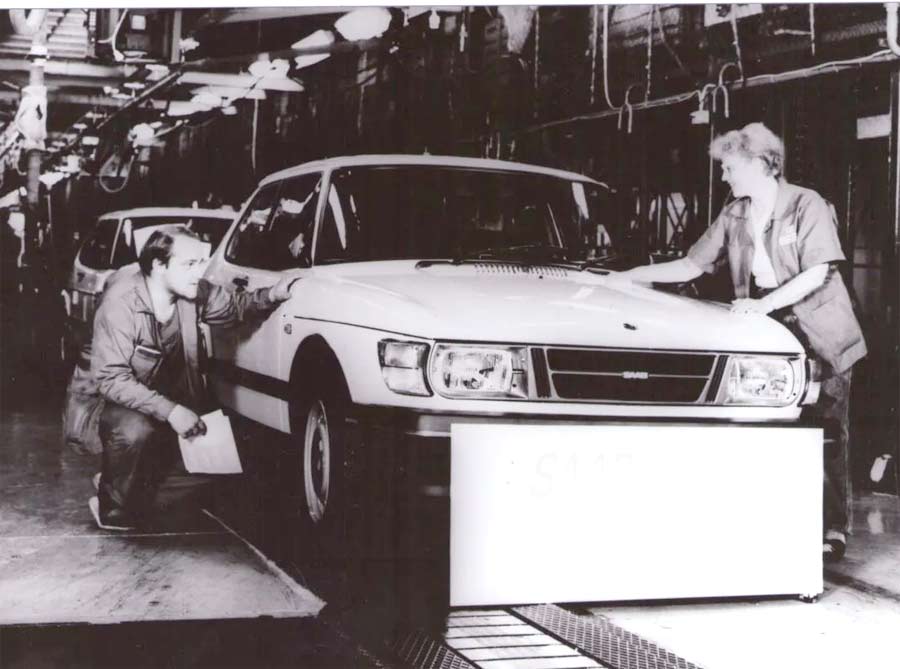
In return, the standard equipment with 5-speed gearbox, tachometer, seat heating, velor upholstery, headlight wipers and high safety standard was high quality and complete, as is typical of the brand. For Scandinavia, however, there was an economy version with a four-speed gearbox and less equipment, for example without a front spoiler and rev counter.
The Saab 90 went through all the annual modifications of the other models, such as the additional side indicators from 1986 and changed exterior colors and upholstery fabrics. In 1987 there was a new carburetor. In 1987 only a few vehicles could be sold and the newly introduced Saab 900 Cabrio also hit the Finnish production lines. So the Saab 90 was abandoned.
After all, 25,378 copies were produced for the European market, most of which remained in Scandinavia. About 600 vehicles reached German market.






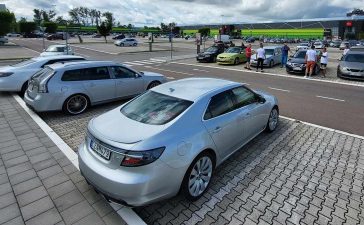

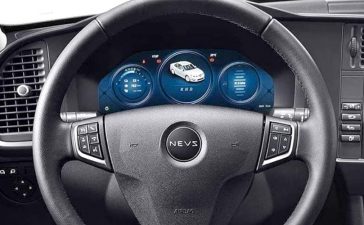


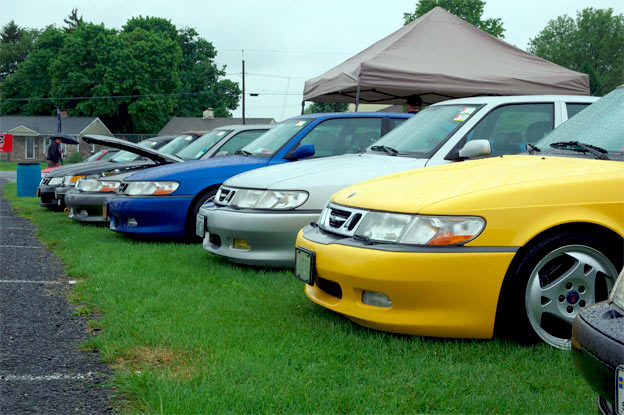
Is it that forgotten though?
I have seen more 90s for sale than 99s. And 0 600s. They are more rare nowadays than Sonetts… Including Sonett II.